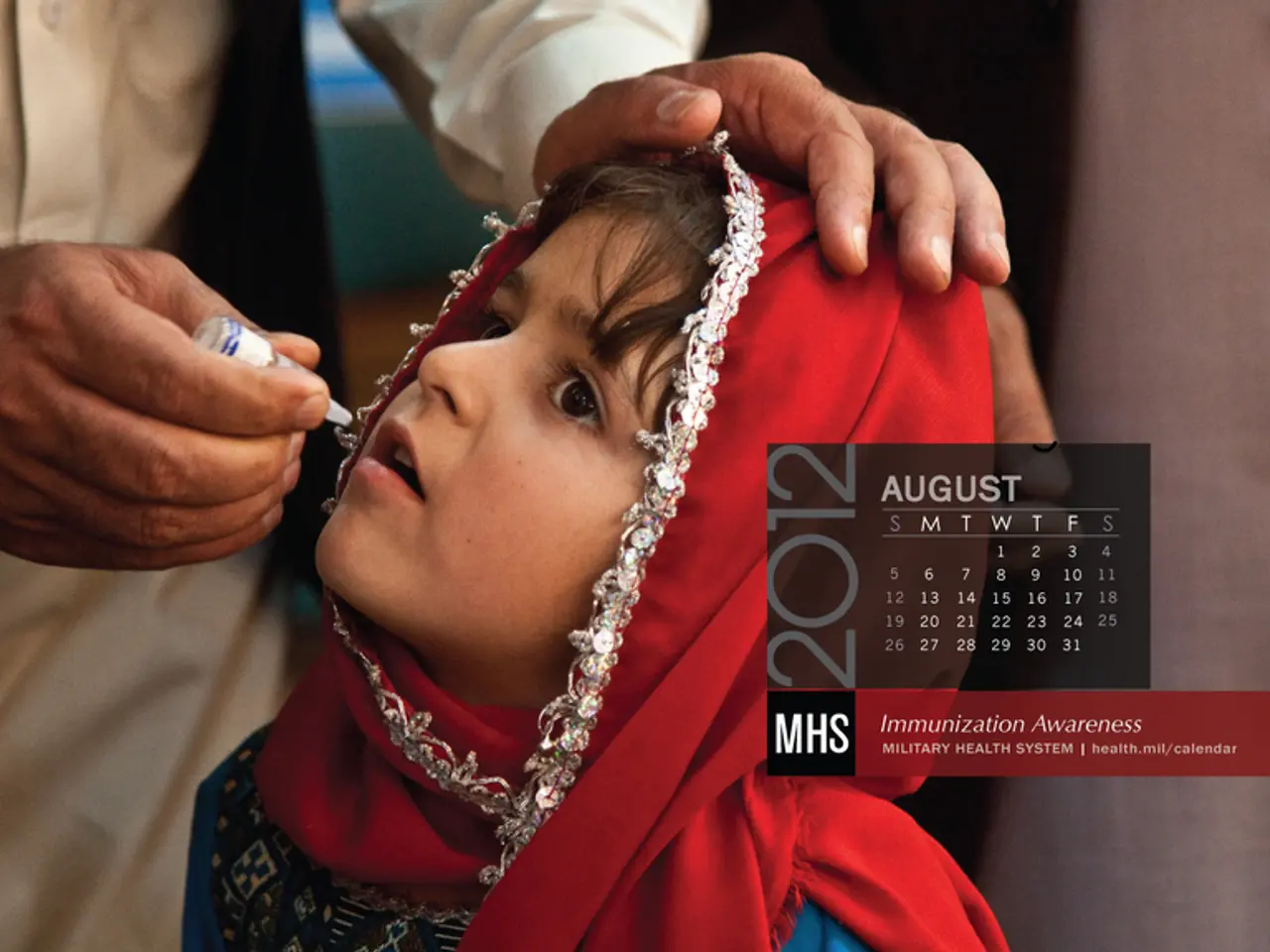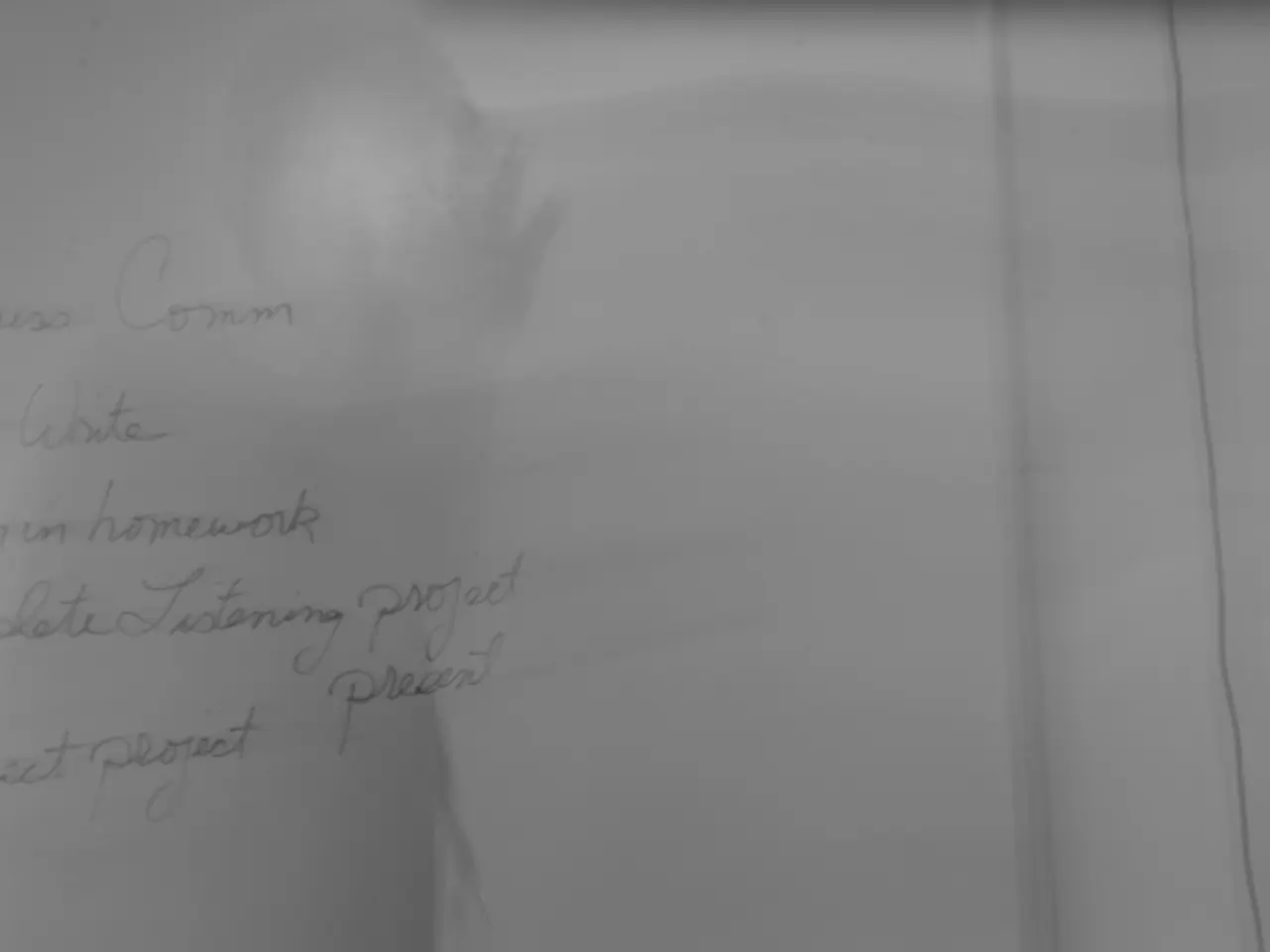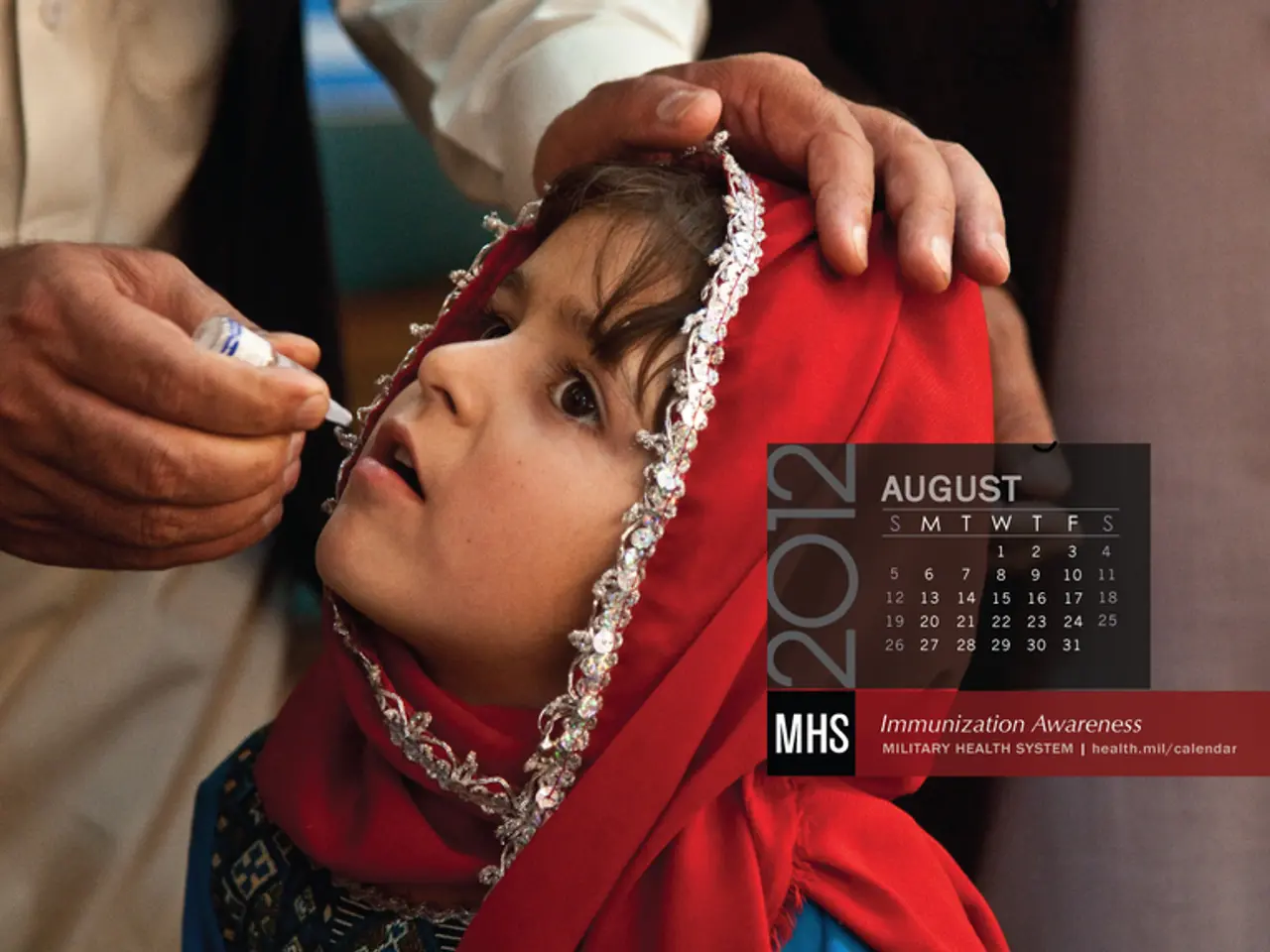Practical Guidance for Foreign Travelers on Indian Money and Transactions
Peek Into the Swirling Vortex of Indian Money Matters!
Ahoy there, travel adventurer! Gear up for a ride through India's lively and ever-changing financial landscape. From the rich, bustling markets to the serene spiritual retreats, understanding how money flows will help you make the most of your trip!
India's monetary ecosystem is a spicy blend of the traditional and the modern, where cold hard cash reigns in many places, yet digital transactions are rapidly shaking things up. This guide will send you on a whirlwind adventure, arming you with everything you need to manage your finances during your extraordinary Indian journey!
The Whirlwind Tango of Tradition and Technology: India's Money Dance
India, the land of aromatic spices, vibrant colors, and incense-filled air, welcomes millions of tourists each year. While planning your trip, it's crucial to grasp the ins and outs of money, payments, and transactions in this mesmerizing country.
Why so? Navigating unfamiliar payment systems can turn a magical journey into a sweaty, stressful ordeal if you're unprepared. So, let's unravel the mysteries together, and dive right in!
The Indian Rupee (INR): Your Cash Bonanza
A. Comprehending the Currency
The Indian Rupee (symbol: ₹, code: INR) is the official tender. It comes in a wide array of sizes and colors:
- Common Banknotes: ₹10, ₹20, ₹50, ₹100, ₹200, ₹500. (The ₹2000 note has been phased out and is no longer in circulation.)
- Coins: ₹1, ₹2, ₹5, ₹10, and a recently introduced ₹20 coin.
It's advisable to carry smaller denominations, especially for local transport, markets, and small eateries.
B. Rules for Bringing Money into and out of India
- You cannot import or export Indian Rupees beyond a certain limit as a foreign national.
- Foreign currency above $5,000 in cash or $10,000 in total (cash + traveler's cheques) must be declared on arrival using the Currency Declaration Form (CDF).
C. Exchanging Your Currency
- Best Options: Authorized banks and RBI-approved money changers.
- Avoid: Airport kiosks and hotel counters-these may seem convenient but often have poor exchange rates.
- Documents Needed: Usually your passport and visa.
- Forex Cards: Consider getting one before your trip; these preloaded cards often offer better rates and added security.
Cash Still Rules the Roost (Somewhere)
Despite the digital revolution, cash remains essential in many parts of India:
- Where You'll Need Cash: Street vendors, small shops, rural areas, auto-rickshaws, and temple donations.
- Tips: Keep your cash in a money belt or secure pouch. Carry a variety of denominations. Avoid flashing large sums in public.
The Digital India Revolution: Chasing the Cashless Dream
India has undergone a dramatic shift towards digital payments, especially since 2016.
A. International Credit & Debit Cards
- Where Accepted: Upscale restaurants, malls, hotels, airlines, and online bookings.
- Precautions:
- Inform your bank to avoid foreign transaction blocks.
- Choose to pay INR to dodge unfavorable Dynamic Currency Conversion (DCC) rates.
- Be aware of foreign transaction fees.
B. ATMs: Claiming Your Cash
- Availability: Common in urban and semi-urban areas.
- Accepted Cards: Visa, Mastercard, Cirrus, Maestro, Plus.
- Limits: Usually ₹10,000-₹20,000 per transaction; daily limits may apply.
- Fees: Your home bank and local ATM operator may charge withdrawal and currency conversion fees.
- Safety Tips: Use machines located inside bank branches, cover your PIN, and avoid late-night withdrawals.
C. UPI (Unified Payments Interface): India's Digital Blueprint
UPI is an instant, real-time payment system that enables money transfer using a mobile phone. It's accepted by millions of vendors, from large retailers to roadside stalls.
For Tourists: UPI ONE WORLD
- A new initiative allowing foreign visitors to use UPI through prepaid wallets linked to authorized apps.
- Setups can often be done at airports or authorized banks.
- Benefits: Quick setup, broad acceptance, no need for an Indian bank account or SIM.
- Popular Apps: BHIM, PhonePe, Google Pay (via UPI ONE WORLD partners).
D. Mobile Wallets (Non-UPI)
Apps like Paytm or Mobikwik are primarily designed for locals with Indian SIMs and bank accounts. Most tourists will find UPI ONE WORLD more accessible.
Forex Cards: A More Secure Alternative?
These are preloaded travel cards offered by banks and forex companies.
- Advantages:
- Locked-in exchange rates.
- It's safer than cash.
- Widely accepted in POS terminals and ATMs.
- How to Get One:
- Order from your local bank or travel agency before departure.
- Some international banks also issue them for Indian Rupees.
- Tip: Always keep a backup method (like a secondary card or some cash).
Etiquette of Generosity: Tipping Tips in India
While not mandatory, tipping is greatly appreciated in many services:
- Restaurants: 5-10% of the bill; check if a "service charge" is already added.
- Hotels: Bellboys (₹50-₹100 per bag), housekeeping (₹50-₹100 per day).
- Drivers: ₹100-₹300 for a full day's service.
- Guides: ₹200-₹500 depending on the tour.
- Always tip in Indian Rupees.
- Digital Tipping: Increasingly common via QR codes.
Safeguarding Your Money: Common Scams and Precautions
Tourist-targeted scams do exist, but with awareness, they can easily be avoided:
- Taxi/Rickshaw Overcharging: Use ride-sharing apps like Uber or Ola.
- Hotel Scams: Always confirm your booking directly.
- Fake Ticket Counters: Use government portals or authorized agents.
- Overpriced Shops: Research before buying gems, silks, or carpets.
- ATM Skimming: Stick to ATMs inside banks and cover the keypad.
- Blessing or Donation Scams: Never give large sums to strangers in temples.
General Tips:
- Be discreet when handling cash.
- Don't give anyone your card-always swipe it yourself.
- Use official services for transport and tours.
The Final Word: Key Takeaways for Managing Money in India
- Carry a mix of cash (especially small notes) and digital options.
- Use UPI ONE WORLD for hassle-free, cashless transactions.
- Exchange currency only at authorized outlets.
- Familiarize yourself with tipping culture.
- Remain alert and informed to avoid common scams.
- Welcome, adventure traveler, to the whirlwind exploration of India's intricate financial landscape! Your journey promises an extraordinary blend of spiritual retreats, cultural tours, and urban escapades.
- Preparing for your trip involves understanding India's financial ecosystem, a spicy mix of tradition and technology that boldly marches towards a cashless future.
- The Indian Rupee, as the official tender, comes in a spectrum of denominations, from banknotes to coins, making smaller bills priceless for local transactions.
- Become well-versed in currency import and export regulations to sidestep any monetary hiccups and enter India with ease.
- Exchanging foreign currency is a vital step, best done at authorized banks and RBI-approved money changers to snag optimal rates.
- Cash still lords over certain sectors, such as street vendors, rural areas, and small shops, making having some on hand crucial for a hitch-free trip.
- India's digital revolution has made leaps and bounds, transforming the way money is transferred and spent, especially through UPI, a game-changing real-time payment system. Tourists can benefit from UPI ONE WORLD, designed for visitors, allowing easy peasy mobile transactions across the country.




